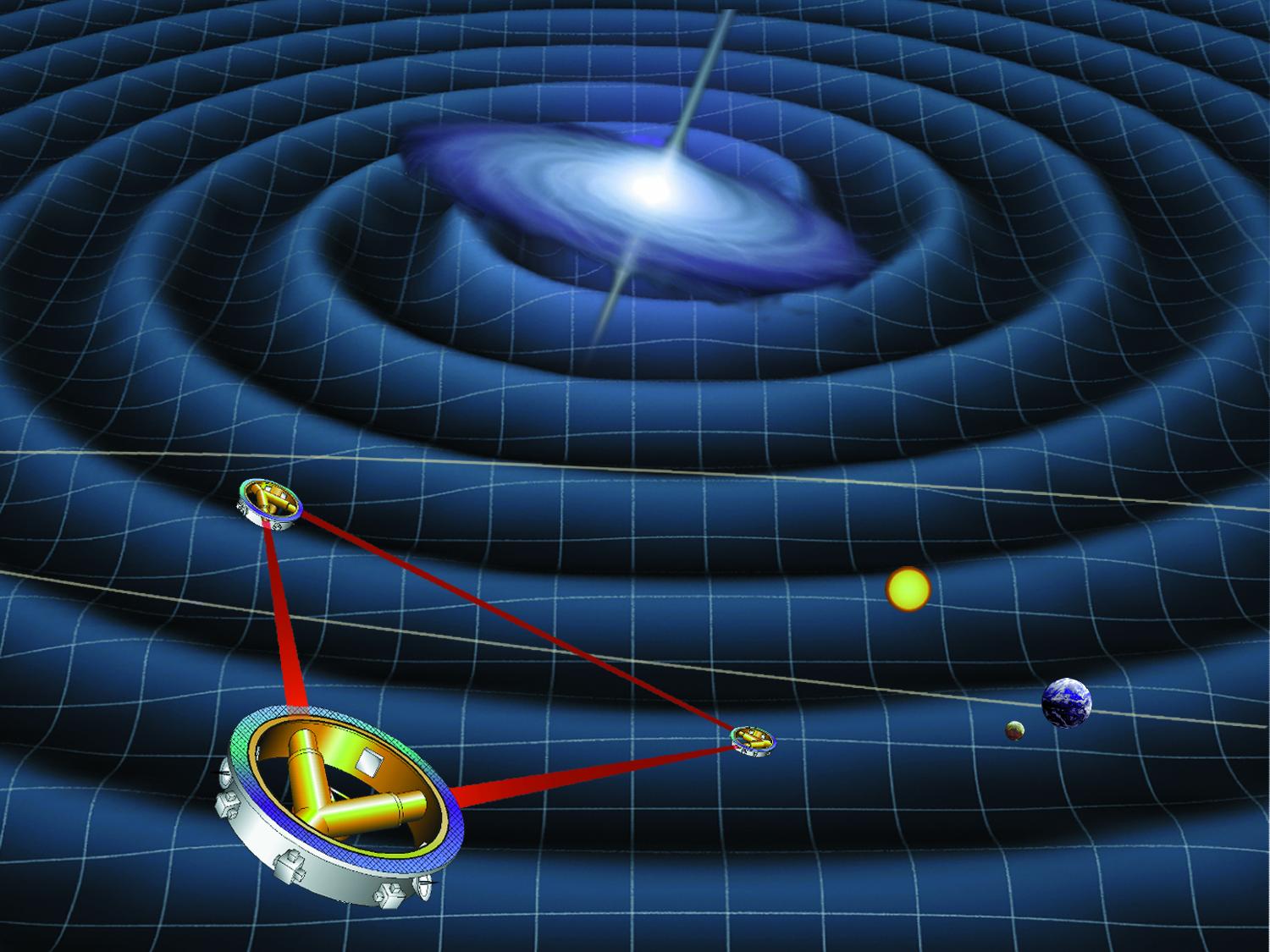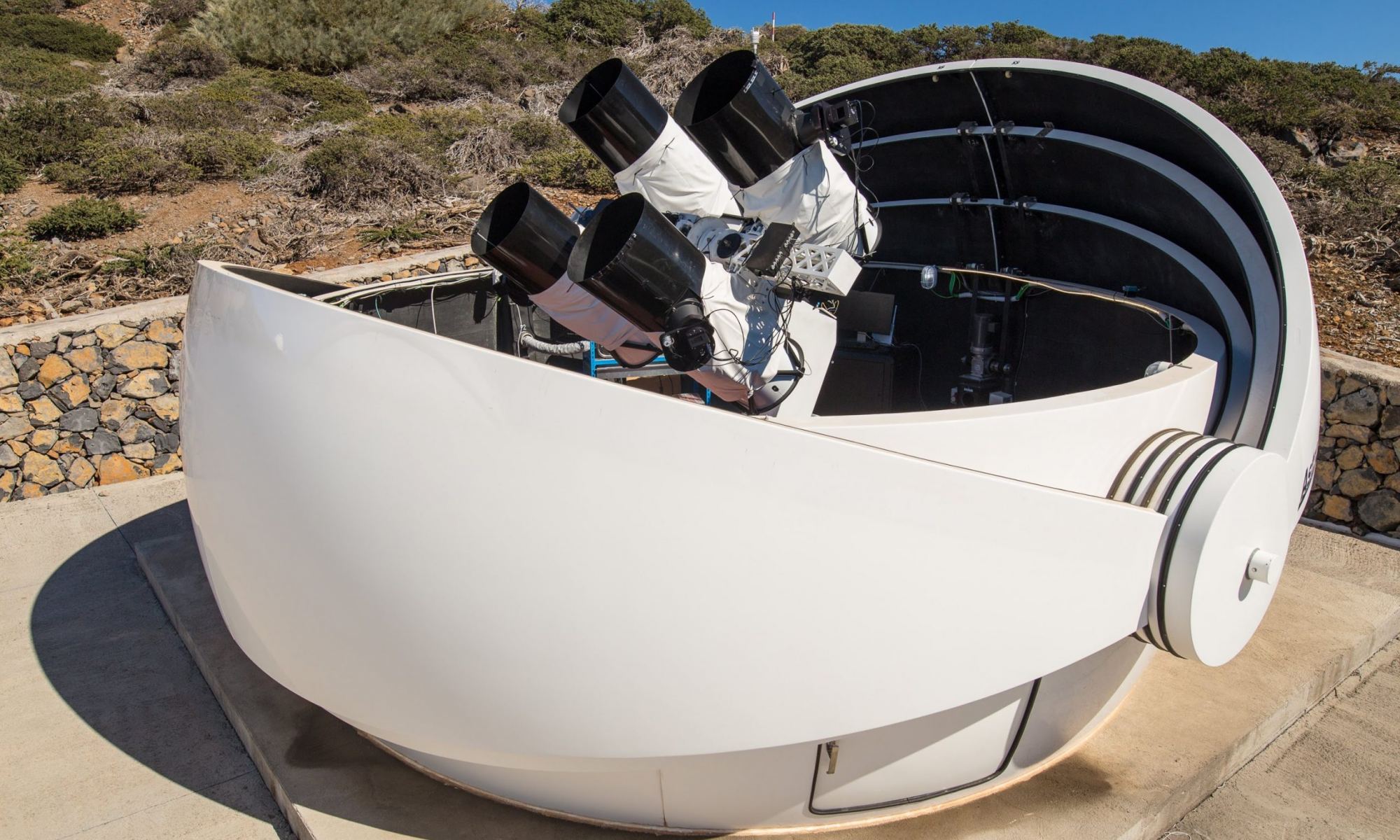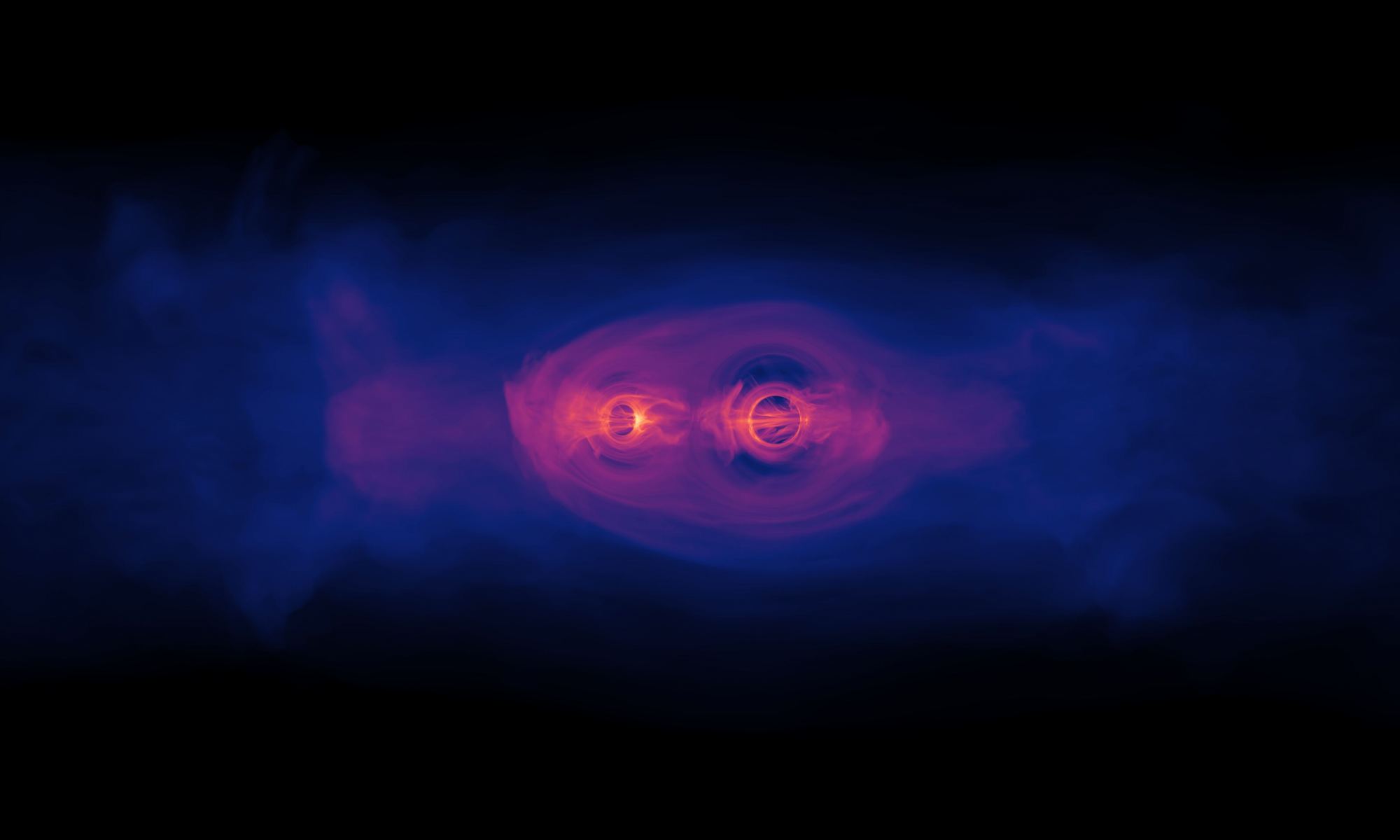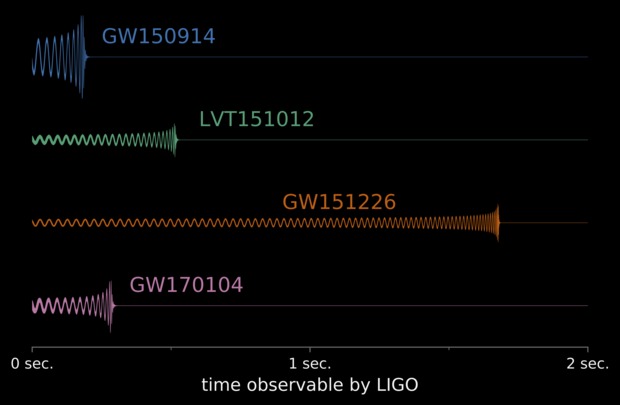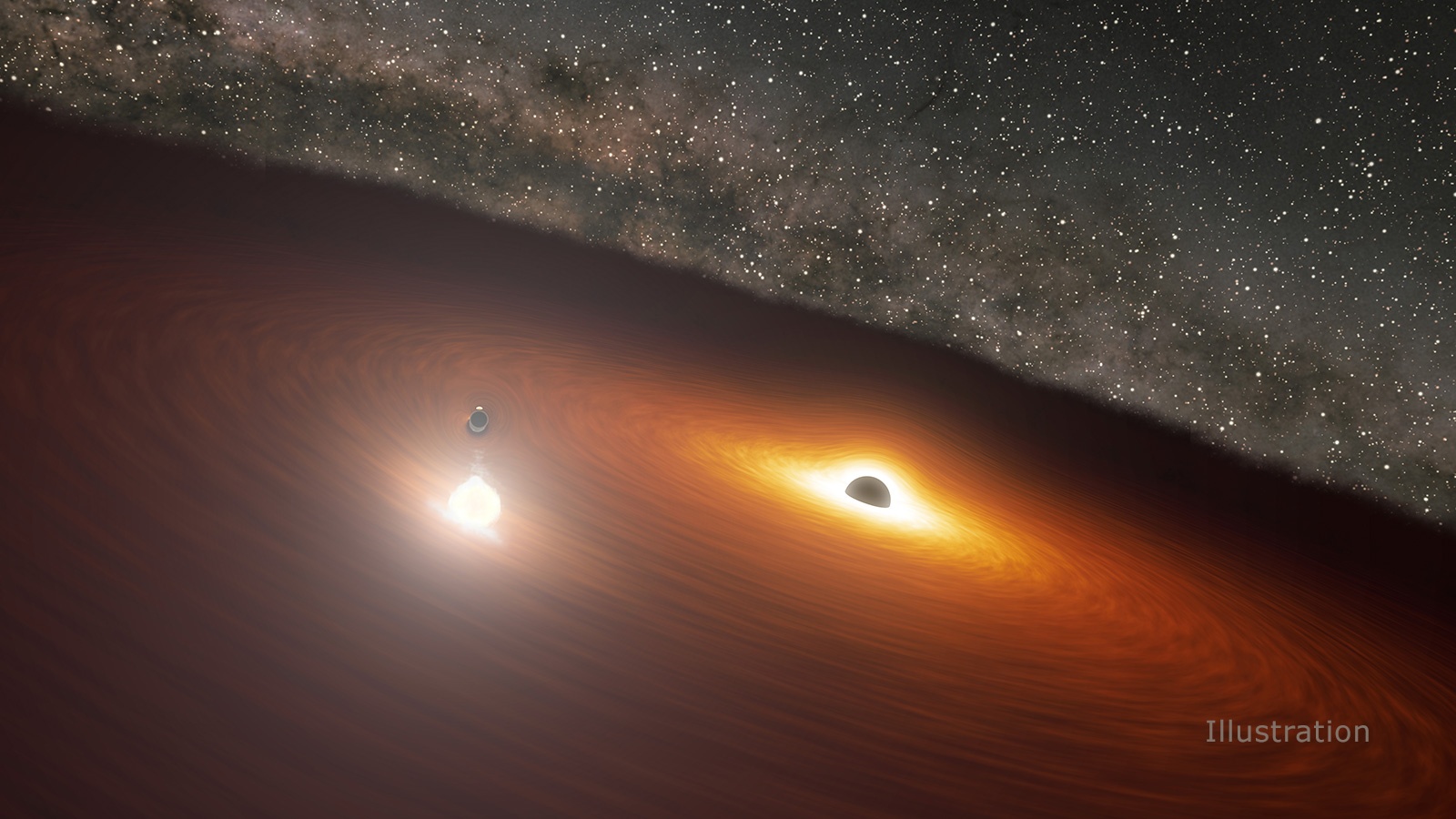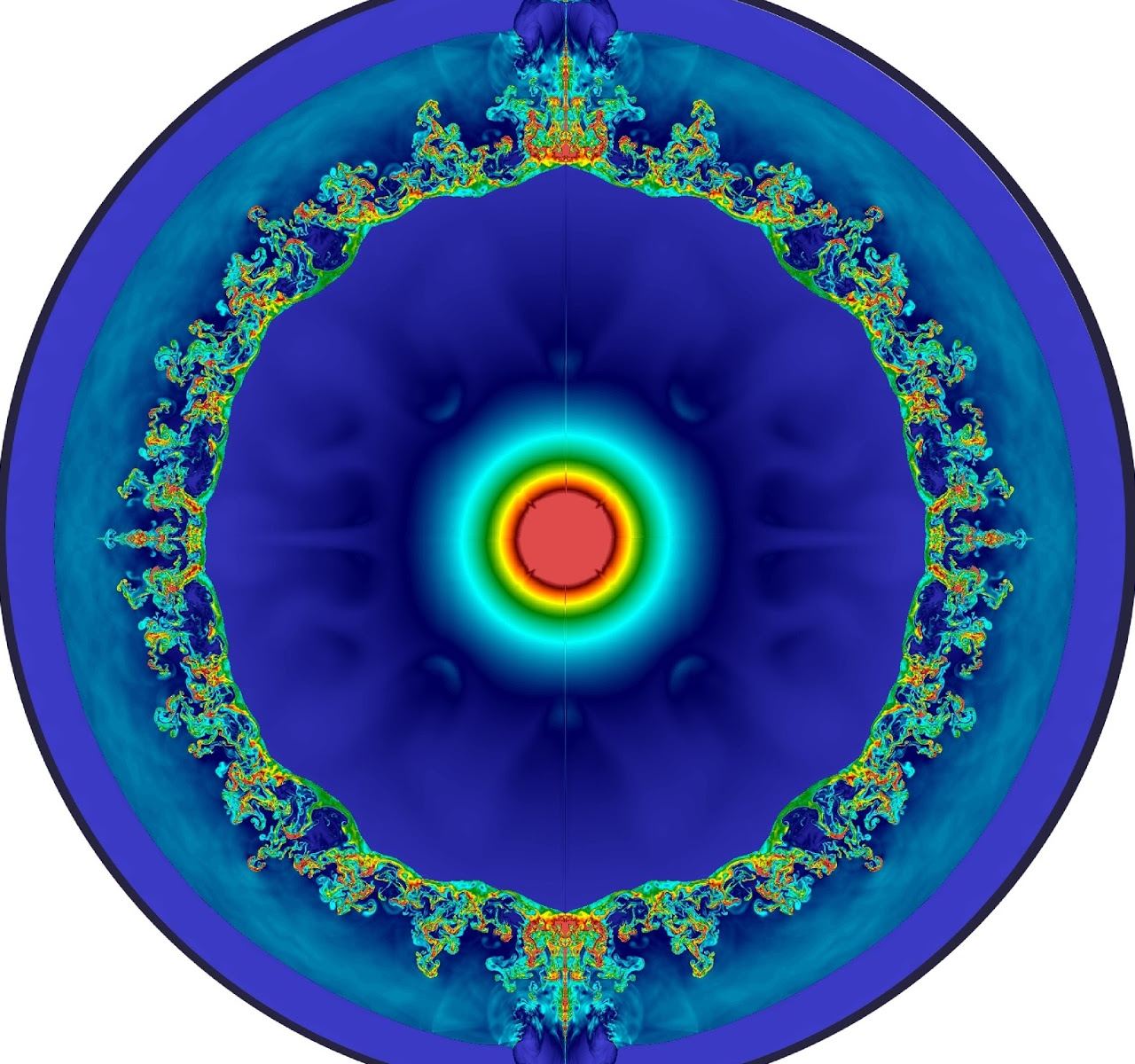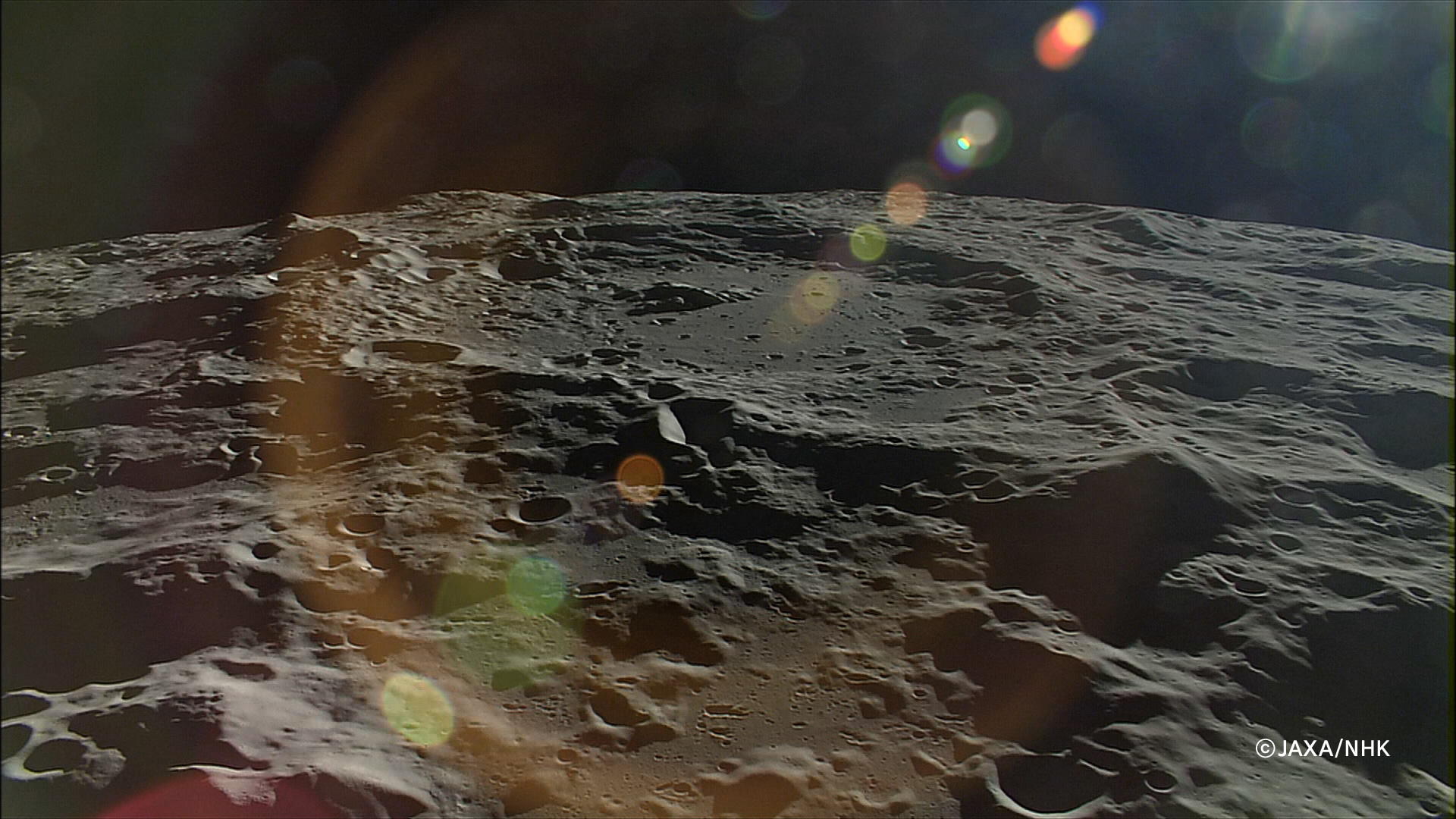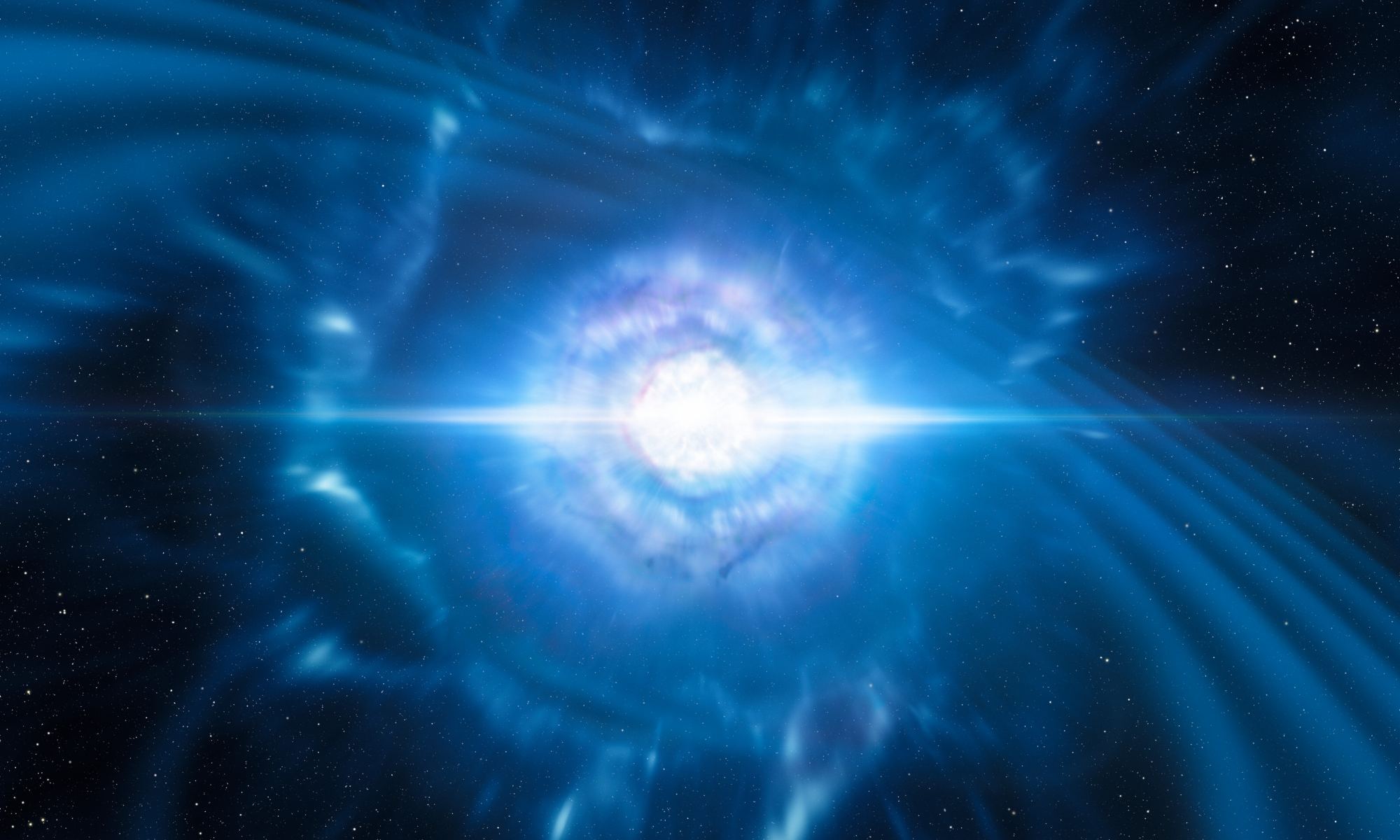Few events in the astronomy community were received with more fanfare than the first detection of gravitational waves, which took place on September 14th, 2015. Since then, different events have been recorded using the same techniques. Many include data from other observational platforms, as the events that normally create gravitational waves are of interest to almost everyone in the astronomical community. Black hole and neutron star mergers and the like provide a plethora of data to understand the physics that happen under such extreme conditions.
To distribute that data equitably, researchers at LIGO, one of the main observatories for gravitational waves, have released a data set that contains information about all 50 confirmed gravitational wave events that have taken place since observations began. What’s more, a team from the Cardiff University made a tool that makes it much easier to navigate the data.
Continue reading “All The Gravitational Waves Detected So Far”

